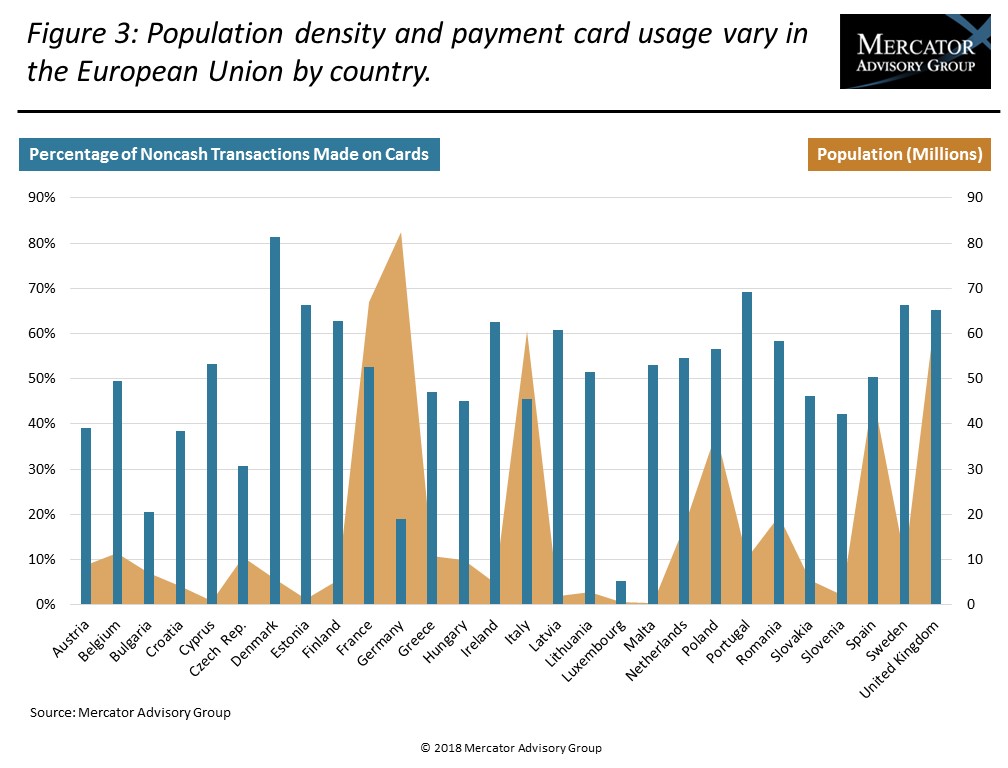General Data Protection Regulation: The European Union’s Cross-Industry Approach to Data Protection
- Date:April 18, 2018
- Author(s):
- Brian Riley
- PAID CONTENT
Overview
Mercator Advisory Group’s latest research report, General Data Protection Regulation: The European Union’s Cross-Industry Approach to Data Protection, summarizes the specifics of the EU’s new privacy rules and risks to U.S. businesses that do not prepare for the latest EU mandates.
“Unlike the revised Payment Services Directive (PSD2), which has only a partial influence on U.S. card markets, the General Data Protection Regulation can cause non-European markets regulatory fines,” comments Brian Riley, Director, Credit Advisory Services, at Mercator Advisory Group, the author of the research report. “Keep in mind that compliance with PCI does not mean your organization satisfies GDPR’s privacy and data breach requirements. If there is even one EU citizen in your credit file, you need to ensure compliance.”
This research report contains 19 pages and 7 exhibits.
One of the exhibits included in this report:

- Comparison of U.S. and EU noncash payments
- Projected EU noncash payments in the EU market, 2013–2022
- Noncash usage in EU and population by country
- Six objectives of the General Data Protection Regulation
- Penalties for noncompliance
Book a Meeting with the Author
Related content
Honor All Cards: The U.S. Credit Card Model Takes a Hit
The Honor All Cards principle—that any merchant with a Visa and/or Mastercard sticker in the window accepts all card products on those networks—could be undermined by a recent sett...
2026 Credit Payments Trends
The U.S. credit card market is healthy and strong, but performances among banks diverge along size lines. Large issuers have been able to better curate their customers through acqu...
Young Borrowers: Riskier Than Ever...and the Future of Credit Cards
The future of credit cards rests with younger consumers, in the 18-to-29 age range, and not with their parents and grandparents. Here’s the rub, though: These consumers are a much ...
Make informed decisions in a digital financial world